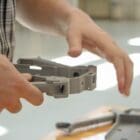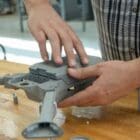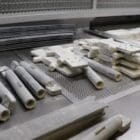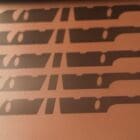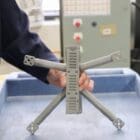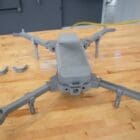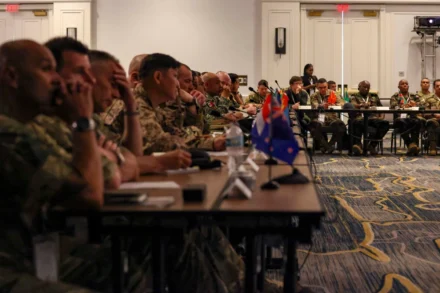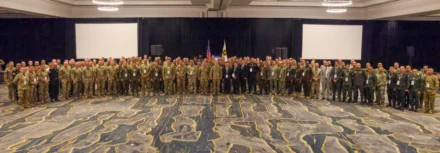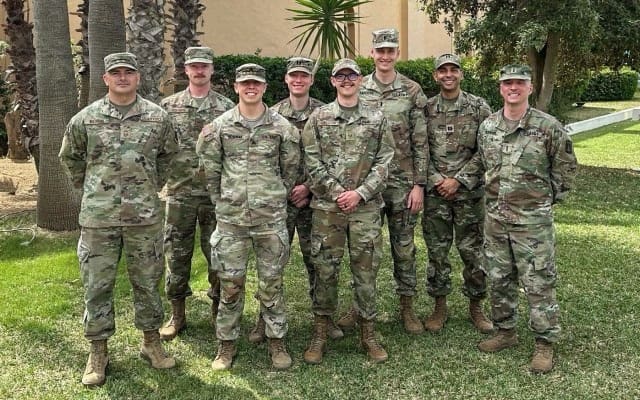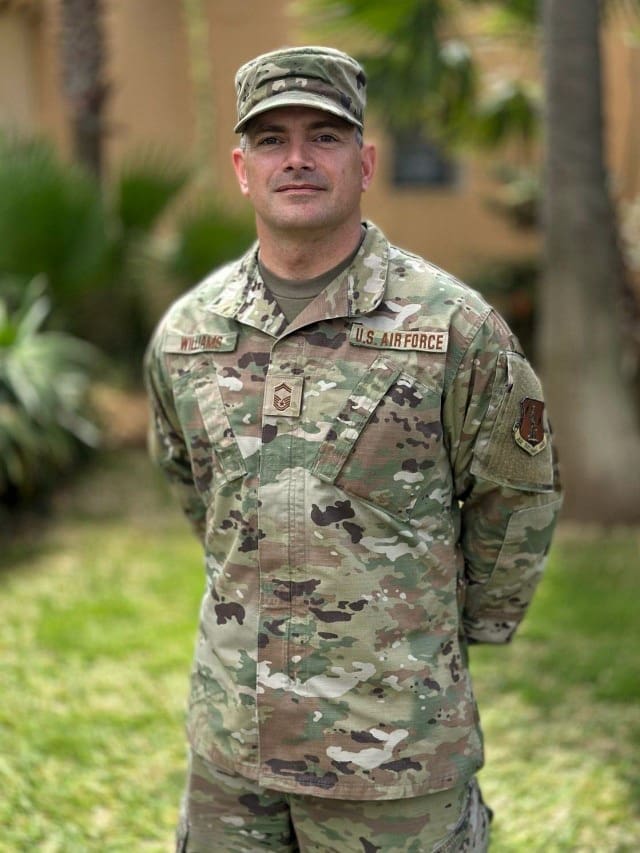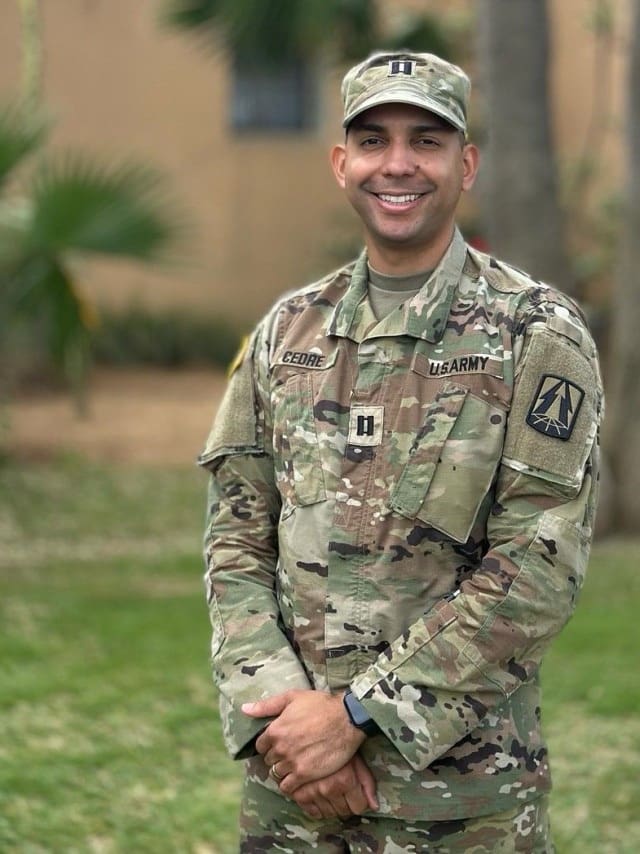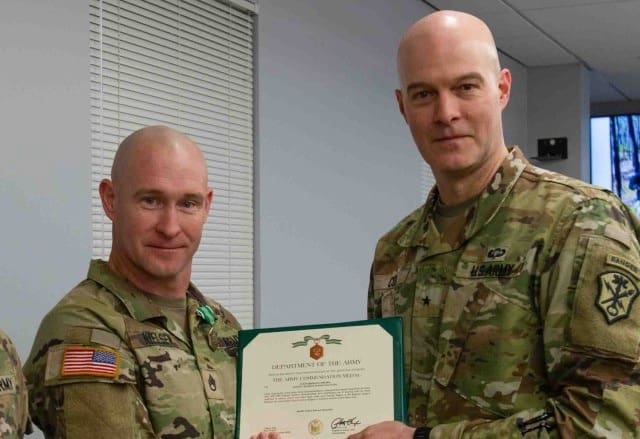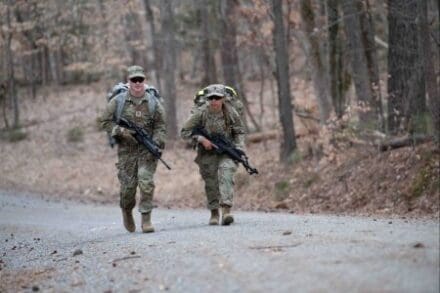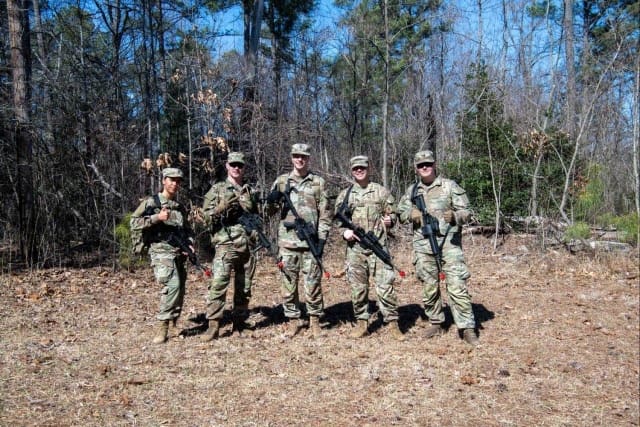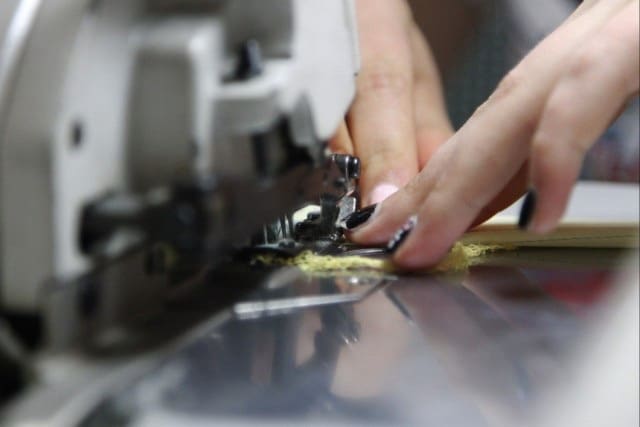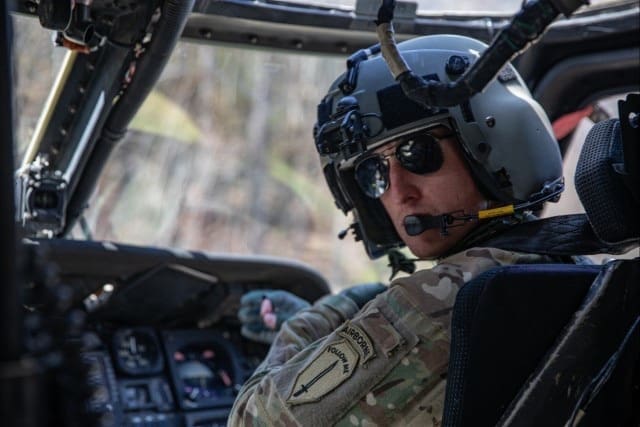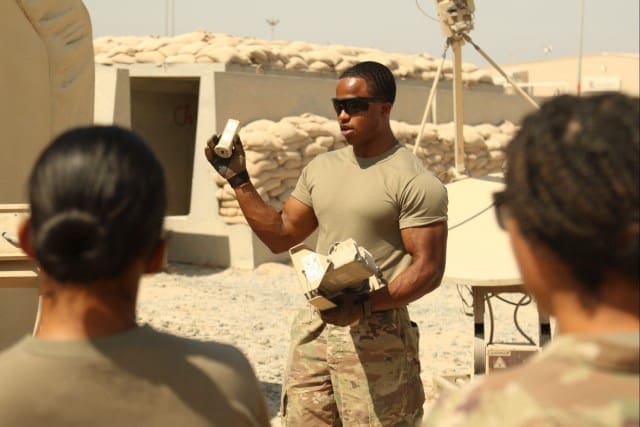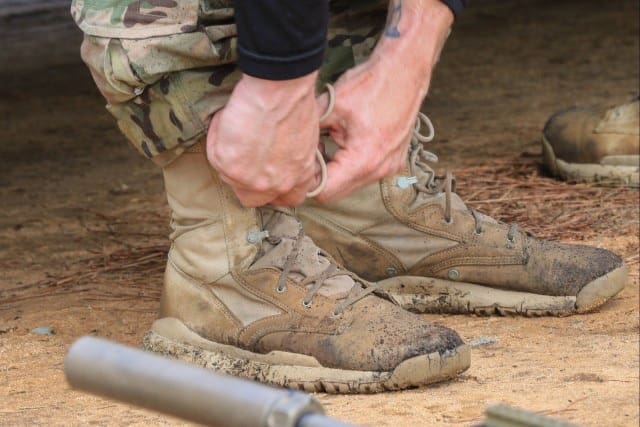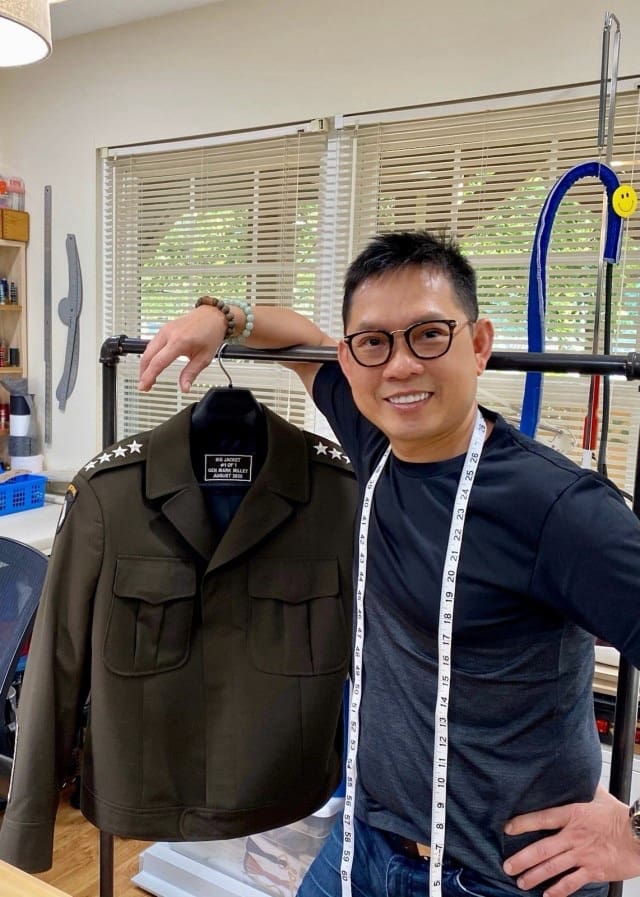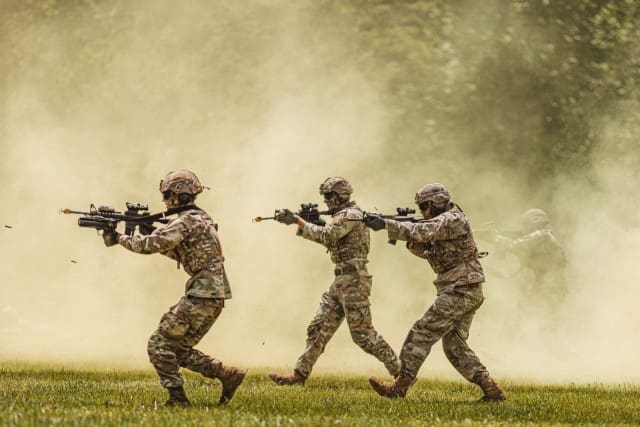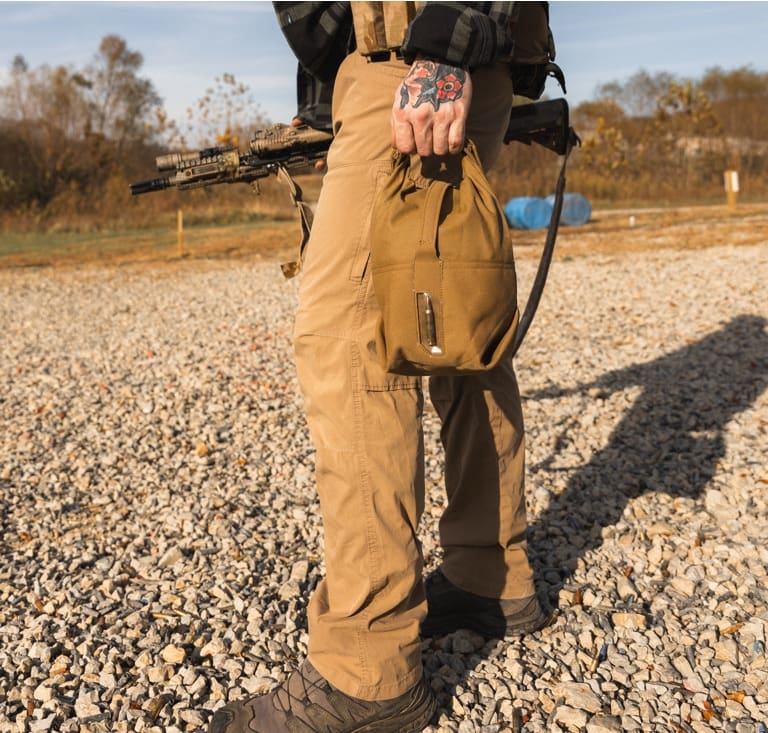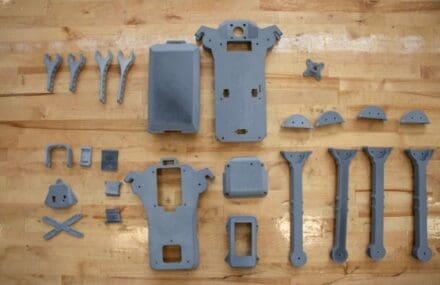
ROCK ISLAND ARSENAL, Ill. – As the conflict in Ukraine has demonstrated, the battlefield of the future will be defined by the innovative and widespread use of unmanned aerial systems, and the ability to rapidly produce and deploy these systems at scale will be crucial to maintaining a tactical advantage in future conflicts.
“The U.S. Army recognizes the changing dynamics of warfare and is fully committed to staying ahead of the curve,” said Col. David Guida, commander of Rock Island Arsenal-Joint Manufacturing and Technology Center. “We are investing heavily in our Organic Industrial Base, harnessing its agility and innovation to develop and field advanced capabilities like these 3D-printed drones. At RIA-JMTC, our unique blend of cutting-edge technology and skilled artisans is leading the charge in this critical effort to shape the future of warfare.”
Through initiatives like Transforming in Contact, the Army is fielding new technologies and transforming how it develops, tests and integrates those technologies onto the battlefield. TiC prioritizes addressing immediate needs by enabling “in-contact experimentation”—putting cutting-edge technology directly into the hands of Soldiers and empowering them to innovate and adapt in real-world scenarios. This approach fosters a culture of calculated risk-taking and rapid Soldier feedback, ensuring that solutions are not only technologically advanced but also practical and effective on the modern battlefield. By focusing on near-term solutions and integrating emerging technologies, TiC enables Army units to rapidly test organizational changes and stay ahead of our adversaries, ensuring they are ready to fight and win in an increasingly complex and challenging operational environment. RIA-JMTC is partnering with multiple units in the field and the Combat Training Centers to share and provide technical data and lessons learned to help all improve.
This flexible and adaptive process is illustrated by the development of 3D-printed drones. RIA-JMTC is actively preparing to build the capacity for large-scale production of 3D-printed drones, working in close collaboration with other key OIB facilities, such as Tobyhanna Army Depot. This collaborative approach, harnessing the unique strengths and expertise of various OIB sites, is key to the Army’s strategy for rapidly developing and fielding advanced UAS capabilities. This directly supports TiC’s goal to accelerate the innovation and experimentation of new systems at scale to preserve our technological edge.
“This project is a testament to the enduring spirit of American ingenuity and the Army’s unwavering commitment to staying ahead of the technological curve,” said Guida. “Our team at RIA-JMTC is dedicated to producing high-quality, on-time readiness solutions for the Warfighter, constantly pushing the boundaries of what’s possible in support of those on the front lines. This 3D printed drone initiative embodies that commitment, showcasing our ability to rapidly adapt and deliver cutting-edge solutions that will directly impact the future of warfare.”
The initiative was sparked by a collaborative proof-of-concept project with the 101st Airborne Division (Air Assault), which highlighted the potential of 3D printing for rapidly prototyping and producing customized tactical drones tailored to specific mission needs. This initial project served as a valuable learning experience, demonstrating the viability of RIA-JMTC’s 3D-printed drone production capabilities and revealing the power of collaboration within the OIB.
“The history of the 101st Airborne Division is a testament to the courage, ingenuity and unwavering spirit of the American Soldier,” said Maj. Gen. Brett Sylvia, commanding general of the 101st Airborne Division (Air Assault). “These 3D printed drones are the latest of many exciting emerging technologies we are implementing under our continuous and iterative TiC. They are the beginning of a user-driven, division-enabled force multiplier that will empower our Screaming Eagles to write the next chapter in the evolution of vertical envelopment.”
Building on these initial successes, RIA-JMTC produced smaller drones from the 2nd Calvery Regiment with less pieces to again showcase its rapid production capabilities. The factory is now focused on preparing for full-scale production to meet the Army’s broader and rapidly expanding UAS needs. The factory is actively researching and evaluating various drone designs to ensure they are prepared when the Army provides the requirements. This research involves close collaboration with other experts within the OIB’s research and development community to identify designs that offer the optimal balance of capability, adaptability and cost-effectiveness.
“The OIB must support current unit readiness across the force, maintain the ability to surge and modernize and retool to sustain the next generation of equipment,” asserted Greg Lupton, RIA-JMTC deputy commander. “This project, demonstrating how Arsenals like RIA-JMTC directly respond to urgent Warfighter needs, highlights this critical role. By manufacturing and fabricating vital components and systems, Arsenals ensure our Soldiers have the utmost confidence in their equipment and are prepared to face any challenge on the battlefield.”
This collaborative approach is exemplified by RIA-JMTC’s partnership with Tobyhanna Army Depot, the Army’s Center of Industrial and Technical Excellence for Command, Control, Communications, Computers, Intelligence, Surveillance, and Reconnaissance (C4ISR) and Electronics, Avionics, and Missile Guidance and Control, and the Air Force Technology Repair Center for Tactical Missiles, Rigid Wall Shelters and Portable Buildings. Tobyhanna brings unparalleled expertise to the project, and their artisans will install the sophisticated electronics, sensors and mission-critical internal systems that will bring the drones to life, leveraging their deep experience in C5ISR, avionics and missile guidance systems.
“This partnership with RIA-JMTC leverages Tobyhanna’s core strengths as the Department of Defense’s leading provider of C5ISR readiness for the joint Warfighter,” said Col. James L. Crocker, Tobyhanna’s commander. “Our skilled workforce and state-of-the-art facilities are prepared to equip 3D printed drones with the advanced technological capabilities they need to provide a decisive edge on the battlefield.”
In addition to this ongoing research and development effort, RIA-JMTC is working to compile Technical Data Packages from the Army, which will help define the specific types and quantities of drones required to meet the demands of the future battlefield. This TDP will provide the critical specifications and requirements that will guide the final stages of production planning and ensure that the drones produced by RIA-JMTC are precisely tailored to meet the needs of the Warfighter.
“This project is about investing in the future of the Army and ensuring that our Soldiers have the tools they need to succeed in any mission, on any battlefield,” said Guida. “We are not just building drones; we are building the future of Army readiness.”
RIA-JMTC, in close coordination with Tobyhanna and other key OIB partners, is working to be fully prepared to rapidly produce and deliver these critical assets to the Warfighter. This agile and collaborative approach ensures that the Army can rapidly adapt to evolving threats and maintain its technological edge on the dynamic battlefields of the future.
“This is about more than just drones,” Lupton added. “This is about the Army’s commitment to leveraging the full potential of the OIB to maintain its technological edge in an era of rapidly evolving threats. The partnerships we are forging today will be essential to ensuring our nation’s security for decades to come.”
By Kendall Swank


